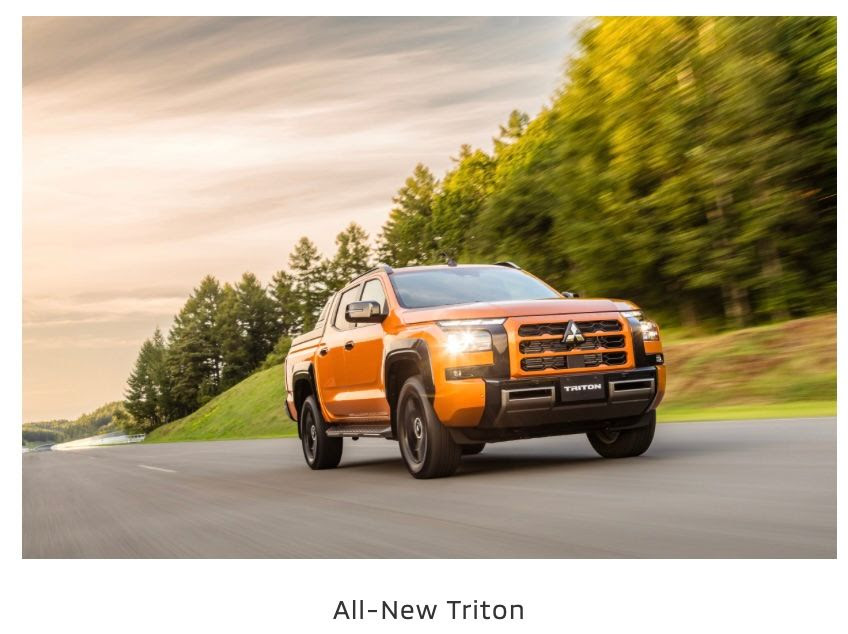E-bikes have been around for a while, helping people commute to work and run errands in the city during weekends. Not only do they allow you to stay fit, but at the same time, they play a role in reducing the carbon footprint. Despite the popularity of e-bikes, they are still a relatively unknown phenomenon, and if you are new to them, you may wonder how fast e-bikes can go. Well, that depends on a lot of different factors, but if you want to know the ins and outs of e-bike speed, keep reading as we explore this topic below.
Factors that impact the speed of an e-bike
The main bike components have a crucial impact on how fast you can ride, so it’s important to keep them in mind when looking to purchase a budget e-bike. Here is a description of these factors:
- The motor is an e-bike’s powerhouse that drives the wheels and propels the bike forward. Generally, there are two common motor types, including hub-drive and mid-drive motors. The former type is less expensive and, therefore, more suitable for casual riders, providing power outputs between 250 W – 750 W, which essentially means a speed between 30 – 45 kph. On the other hand, the latter offers better power distribution and is more suitable for off-road and high-speed biking, providing 500 W to 1,000 W of power, translating into speeds up to 45 kph.
- Battery capacity plays a massive role in the performance and speed of electric bikes, as it provides the power needed to sustain long rides and high speeds. Generally, bikes operate on 36 V or 48V batteries, with capacities varying from 10Ah to 20Ah. Higher voltage often means greater speeds, while a more significant amp-hour rating translates into a longer battery life. For example, a 48V battery combined with a 500W motor can lead to faster acceleration and more significant cruising speeds than a 36V battery that has the same motor power.
- The weight of the bike. Streamlined bikes can provide a higher speed easier because of reduced inertia and drag, while heavier e-bikes are generally slower due to the extra weight that necessitates more power to accelerate, like those equipped with cargo capabilities and larger batteries. This added weight makes it harder for the motor to keep consistent high speeds, especially when accelerating from a standstill or climbing hills.
Different classifications of e-bikes
While the term e-bike is generally used as a collective term for various types of electric bikes, it’s important to remember that they can differ based on the type of motor and speed. In general, they are classified into three different categories:
- Class 1, also known as pedelecs, works solely based on pedal assistance without requiring a throttle, and they feature a motor with a power output of 250 W, assisting riders to a significant speed of 25 km/h. Beyond this speed level, the motor reduces naturally, so riders pedal under their own power. Pedelecs are considered regular bicycles, which is why they are permitted on roads, bike lanes, and cycle paths.
- Class 2, or S-pedelecs, are equipped with a throttle, enabling riders to speed up without pedaling. Like e-bikes in the former category, Class 2 models have a 250 W motor limit, while the speed under pedal assist is 25 ph.
- Class 3 e-bikes are seen as motor vehicles due to their speed, which can be up to 45 kph. According to the law, they require insurance, registration, and even a driver’s license. Furthermore, riding a Category 3 e-bike requires wearing a helmet, and going on bike lanes or cycle paths is prohibited.
Real-world conditions can also impact the speed of an e-bike
While regulations and mechanics undoubtedly set the framework for an e-bike, it’s worth noting that terrain and weather conditions also influence speed. When it comes to terrain, for instance, e-bikes can reach their optimal speeds on level ground, whether under throttle or pedal assist. On flat terrain, commuters with lower power motors can also perform well by keeping a speed between 35-32 kph. On the other hand, a hilly terrain requires more torque and power, while off-road terrain can reduce overall speed. While it’s true that electric mountain bikes are specifically designed for such conditions, obstacles can slow them down.
Besides terrain, weather conditions can also affect the speed of an e-bike. For example, wet conditions can lead to slippery surfaces; in this case, riders must slow down to stay safe. Water can also influence the motor efficiency and the electronic components of the bike. Similarly, riding into a headwind can considerably reduce the speed, forcing the motor to work harder to overcome resistance. In such a case, riders must reduce wind resistance through a more aerodynamic posture or utilizing accessories such as streamlined helmets. Lastly, temperature also affects speed dramatically: while extreme cold decreases battery efficiency, limiting power output and range, hot weather affects battery performance over a longer time. Hence, riders should store batteries indoors and insulate battery covers during extreme temperatures to help regulate the temperature.
Maintaining optimal speed of your e-bike: A few tips to keep in mind
If you’re looking to get out more of your e-bike, a few upgrades can make a significant difference. First and foremost, you need to ensure that your e-bike is well maintained, which involves checking its tire pressure, lubricating the chain, and verifying that the brakes aren’t dragging. Moreover, checking for firmware updates is important when it comes to the display and motor controller because they can enhance power delivery, improve efficiency and help you ride your e-bike at a higher speed.
Battery performance also plays a role in speed, so you want to ensure that your battery is always charged before you go on a ride and that you don’t run it down to significantly low levels. Make sure to keep your battery in a dry place, as this will prevent it from malfunctioning or exploding in extreme temperatures. Finally, you want to reduce air resistance by reducing accessories that aren’t needed and adopting a streamlined posture. Opting for narrower tyres can also decrease drag, enhancing speed on smooth surfaces.
Takeaway
As highlighted in this blog, there are different factors that impact the speed of e-bikes, among which the type of motor and the type of e-bike are decisive. When it comes to choosing the right e-bike speed for you, it’s worth remembering that it solely depends on your priorities and needs, so give yourself time to think about how and why you will use it. Enjoy your rides!







